PUT Vision Lab at HiPEAC 2025 with Best Paper Award!

On January 20-22, the HIPEAC 2025 conference was held in Barcelona, Spain. This conference is the leading European forum for experts in computer architecture, programming models, compilers and operating systems for general purpose, embedded and cyber-physical systems. Areas of focus and integration include safety-critical dependencies, cybersecurity, energy efficiency, and machine learning. In addition to the main conference track, workshops, tutorials, poster sessions and industrial exhibitions were organized. From our point of view, the most interesting sessions were Excellence in Artificial Intelligence and Edge Computing, AccML: Accelerated Machine Learning, ML4ECS: Machine Learning for Edge-Cloud Systems. Among the companies, Axelera AI and Red Pitaya had the most interesting stands.
Excellence in Artificial Intelligence and Edge Computing
Excellence in Artificial Intelligence and Edge Computing, a workshop organized by the dAIEdge Consortium (European Network of Excellence on “AI at the Edge”) and held in conjunction with the HiPEAC 2025 conference, was dedicated to exploring the frontiers of the synergy between AI and edge computing, focusing on the development of scalable and robust AI systems. Together with Alessandro Capotondi (High-Performance Real-Time Lab, University of Modena and Reggio Emilia), we submitted a research paper entitled “Enhancing Solar Irradiance Forecasts with On-Device Continual Adaptation”, which is a follow-up research on reliable and accurate short-term solar irradiance forecasts. Of the submitted papers, 15, including ours, were selected for a short 10-minute oral presentation. Based on the submitted papers and their presentations, a Best Paper Award was given, and it is in our hands!
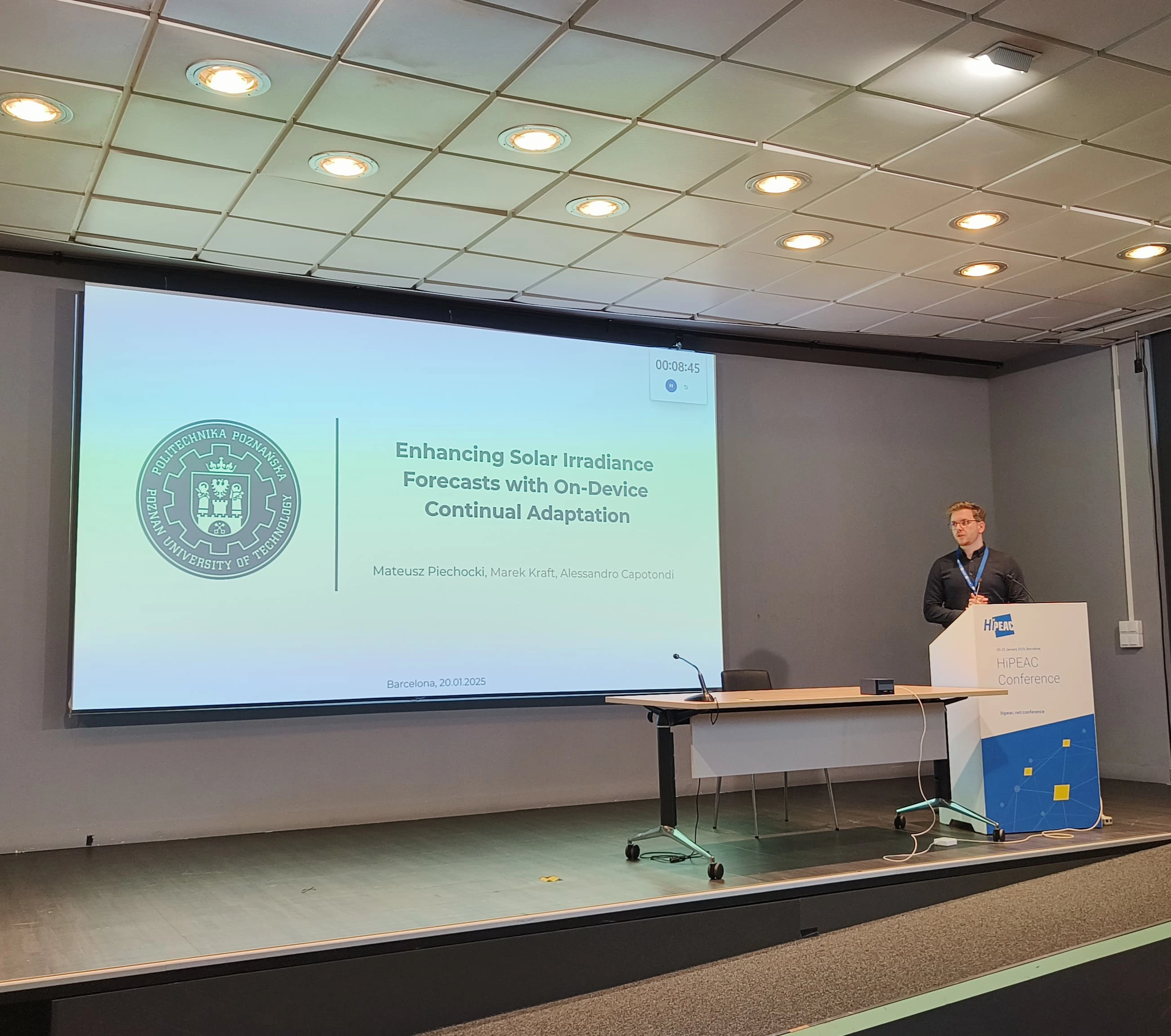
Presentation abstract
Solar energy is an essential renewable source, significant in the ongoing energy transformation. Nevertheless, the inherent uncertainty of solar-based energy sources prevents them from stable, large-scale integration into power grids. Photovoltaic energy production, reliably reflected by solar irradiance, is highly dependent on temporal changes and spatial-related, difficult-to-predict short-term meteorological fluctuations like cloud movements and coverage. Moreover, with various climate zones and dynamically evolving atmospheric conditions, it is impossible to cover all possible weather phenomena with conventional forecasting approaches based on static and centralized algorithms. Mitigating this issue, we proposed a continual adaptation strategy to adjust to local conditions and atmospheric phenomena. The developed incremental learning method leverages the incoming sensor readings stream and prior model predictions to determine the relevance of the data. The computed significance level is further used to determine whether and which model parameters should be revised. The proposed approach has been verified against different locations, seasons, and weather conditions, demonstrating the ability to adapt rapidly. Conducted experiments have shown improvement in solar irradiance forecasting resulting in predictions with up to 46\% lower mean absolute error compared to the offline model and lower error by an average of 20 [W/m²]. Moreover, the successful deployment and efficient pipeline processing on resource-constrained single-board computers showcase the strong applicability of the developed irradiance forecasting strategy.
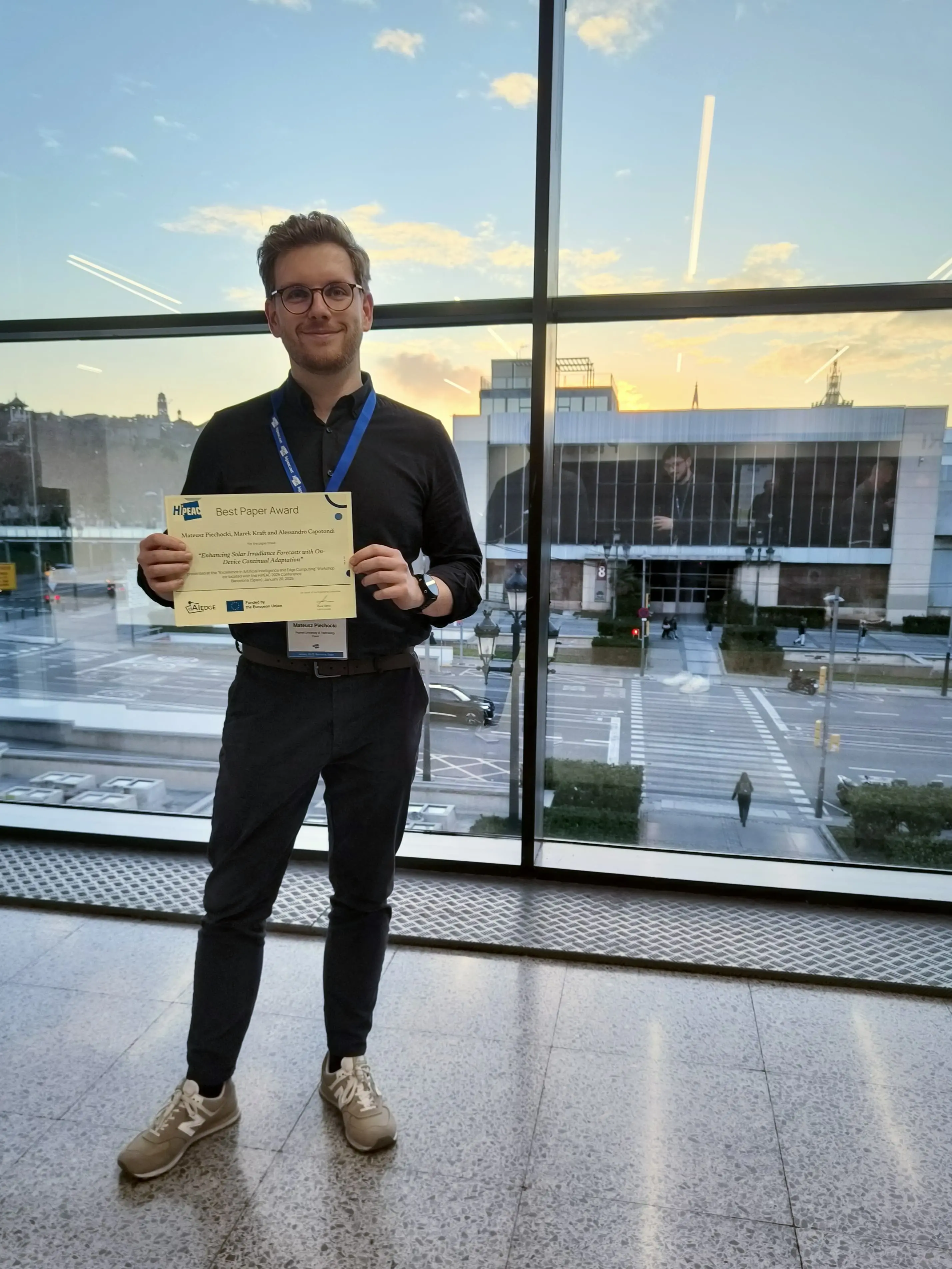
Finally, we would like to thank the organizers and other participants for an incredibly engaging last few days in Barcelona. We look forward to the next year’s edition of the HiPEAC 2026 conference, which will most likely take place in Kraków!



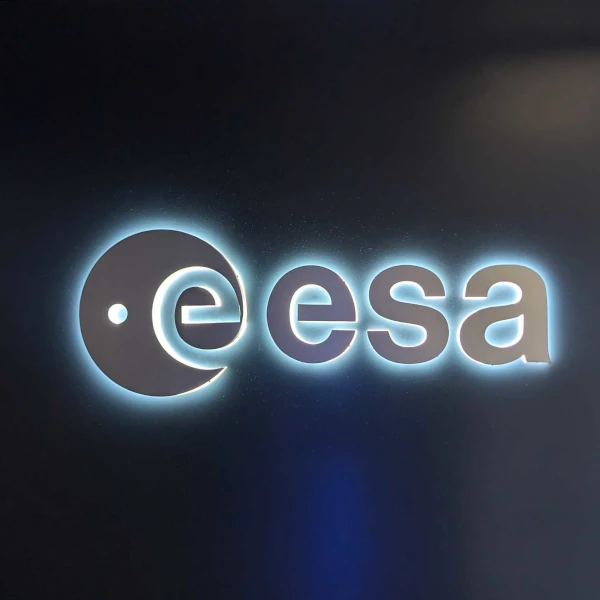
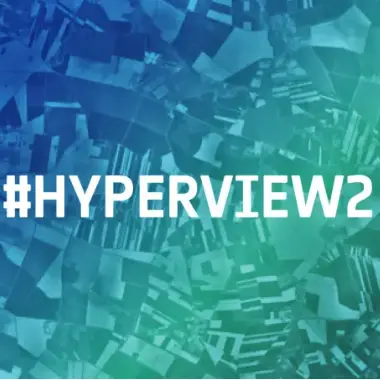
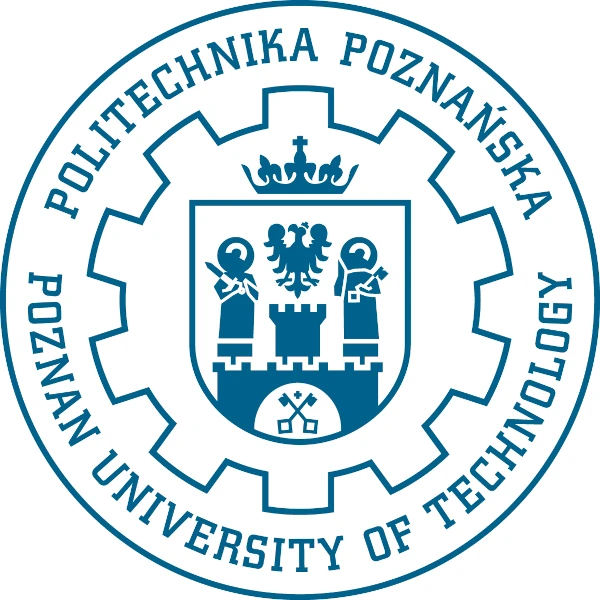
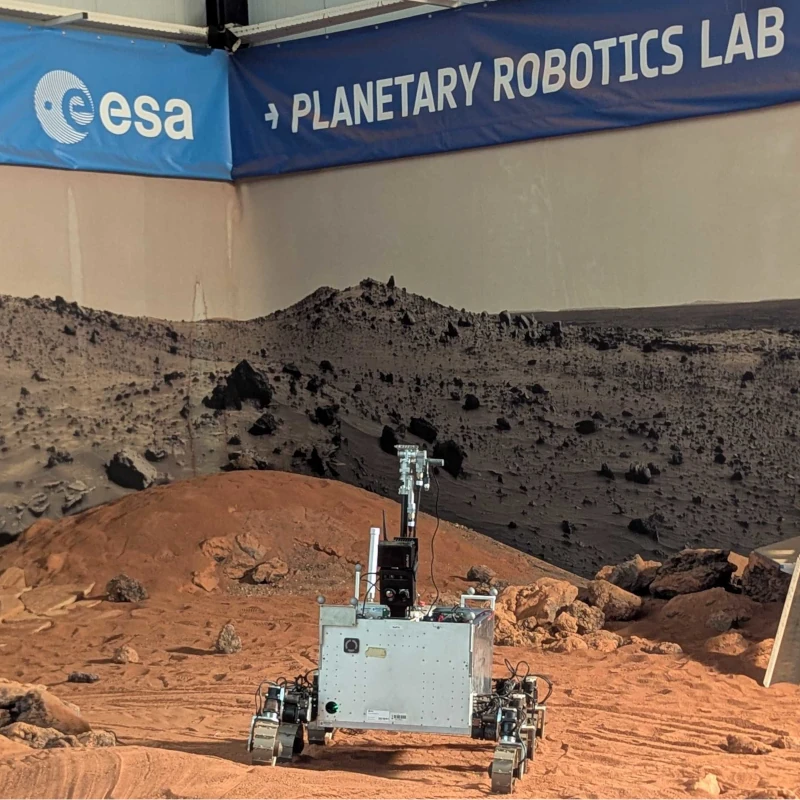
Comments